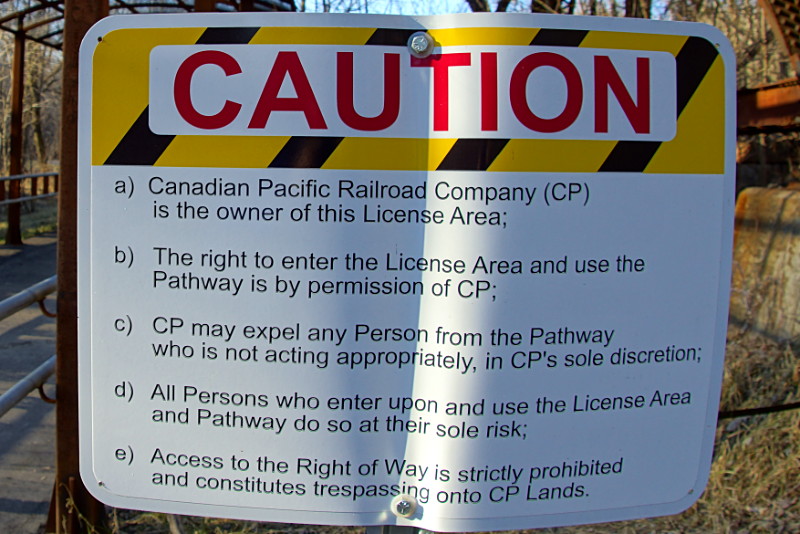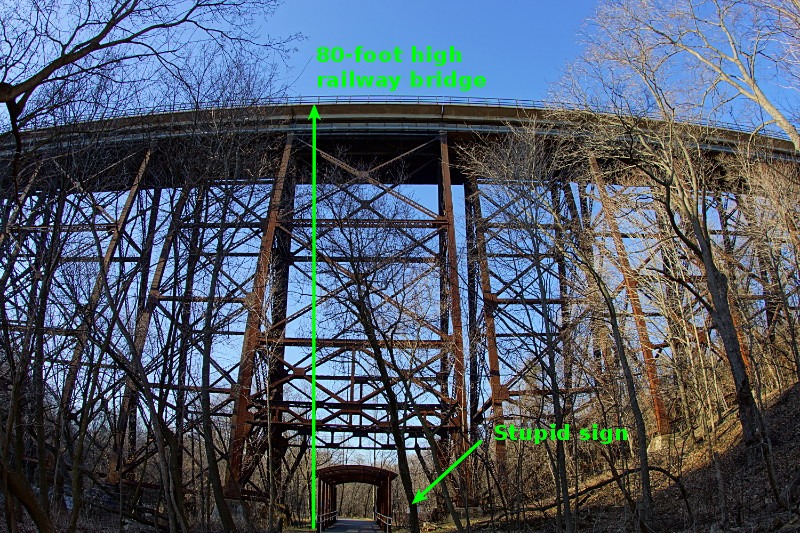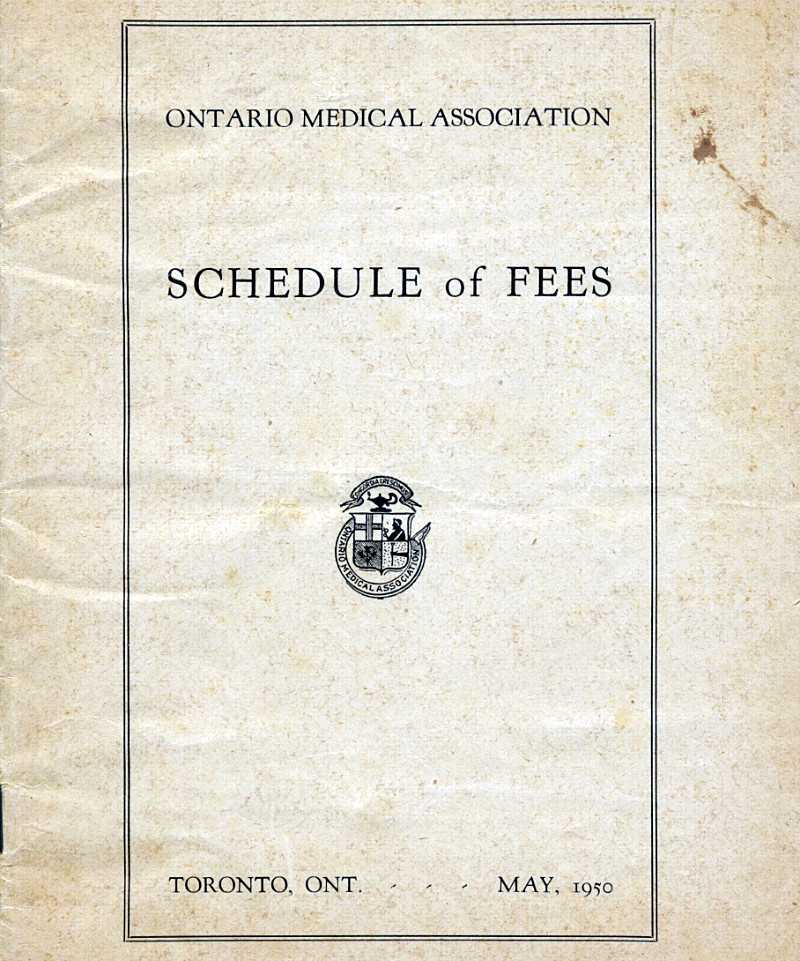
I’m not clear if this fish oil supplement is made from fish that don’t burp, contains no burps produced by fish, or cautions consumers against burping fish. Perplexing.
Random Wanderings and Wonderings

I’m not clear if this fish oil supplement is made from fish that don’t burp, contains no burps produced by fish, or cautions consumers against burping fish. Perplexing.

Have you checked our litter lately, honey?
I suppose I should thank Kirsten and Frank at PetSmart for verifying that the cat litter is in good working order every few days. I’m not sure I want to know exactly how they make that determination.
This TTC alert just popped into my inbox:
ALL CLEAR: All earlier delays on Yonge University Spadina line have cleared. Regular service has resumed. We apologize for any incontinence.
I’m not sure what caused the delays in the first place, but it must have been quite the mess.
(And this is a perfect example of why I read things twice before I hit the “send” button.)

There really wasn’t much of a winter this year but there were a few opportunities to get out and take pictures of scenes that weren’t relentlessly brown. Here’s a gallery containing a few of the things I saw this winter that didn’t quite make it into posts of their own for one reason or another.

The Eco Soirée (rhymes with Rico Suave) brings an environmentally friendly party to the sitting room and leaves attendees flush with excitement.
Toronto may be home to the occasional good sign, but it also features a distressingly large concentration of bad signs. Their badness runs the gamut from enforcing bad rules to ignoring reality to being mistaken to just plain lying. I thought that a lifetime of studying Toronto’s dizzying array of bad signs had prepared me for anything, but I was flabbergasted when I saw this one on the path in the Charles Sauriol Conservation Reserve:

What makes this sign the worst in Toronto is not so much the meaningless legalese (I’m about to enter a “License Area”? I’d be happy to ask someone at CP what that means, but I’m just out for a stroll in the park.), nor its placement in a quiet park, and not even the fact that it’s the first sign I’ve seen after two hours of hiking up the Don Valley. No, what makes this the worst sign in Toronto is the context:

Okay CP, I get that we’re crossing your right of way at our own risk and all that. But seriously?
Only in Toronto could you have something called “The Avenue Road Avenue Study.”
(Stumbled upon while I was looking for something else entirely.)
 Digging through old boxes of stuff occasionally turns up a real gem like this Ontario Medical Association fee schedule from 1950. It lists the standard fees that doctors should charge patients for various medical procedures, house calls, and lab tests. Read below the fold for a few scans from inside.
Digging through old boxes of stuff occasionally turns up a real gem like this Ontario Medical Association fee schedule from 1950. It lists the standard fees that doctors should charge patients for various medical procedures, house calls, and lab tests. Read below the fold for a few scans from inside.
Kathy English, the Star‘s public editor, dedicated her column today to addressing my complaint about headline switching on its website.
In her column, English reported that the journalist who wrote the story had misunderstood the council vote and only realized her error after the story went live on the Star‘s website. The reporter and her editor updated the online story and headline without noting the significant change in the article. I’m not sure if that’s any better than my original thought on seeing the flip-flop, which was that the Star had prepared two headlines and accompanying stories in advance and had simply posted the wrong one. Neither option is an excuse for not posting a correction on something like this.
Clarifying that the Star‘s corrections policy does apply to the web site, English wrote:
The Star’s accuracy and corrections policy applies to all content on all platforms. It says that errors, in print or online, must be corrected clearly, promptly and prominently. It also states, “Building trust in the digital world demands that the Star is seen to be transparent.”
[…]
In recent months, I’ve grown increasingly concerned about the Star’s level of transparency about online errors, having come across far too many examples of the newsroom “fixing” stories without acknowledging mistakes.
I’m quite surprised to discover that the Star‘s corrections policy holds the website to the same standard as the print edition, and can only assume that its requirements are disregarded by a significant proportion of Star writers and editors. I’ve lost count of how many silent corrections I’ve seen on the Star‘s website. I may laugh at spelling mistakes and nonsensical sentence fragments, but getting a story plain wrong and then not owning up to it is just too much.
Call me old-fashioned, but I believe that online media should be held to the same standard as any other media when it comes to accuracy. When an error is made, a correction should be noted and published. Both online-only publications like Slate and traditional broadsheets like the New York Times adhere to this standard for web content. Locally, Torontoist started doing it in January 2008 under then Editor-in-Chief David Topping and remains one of few, if not the only Toronto media outlet that reliably appends public corrections to articles that originally contained errors ranging from misspelled names or misstated dates all the way up to mistaken facts. It’s kind of sad that four years on, major media in this town is still catching up.

When I said I wanted it on the rocks, I meant before I drank it.
But I’ll order it neat next time, now that I’ve seen the ice bucket.